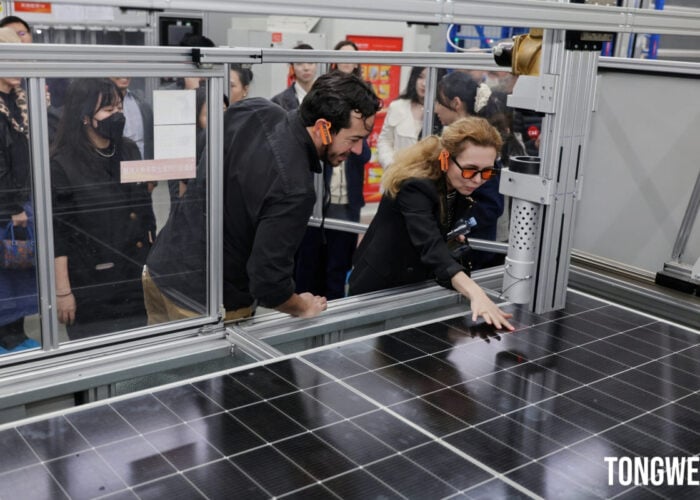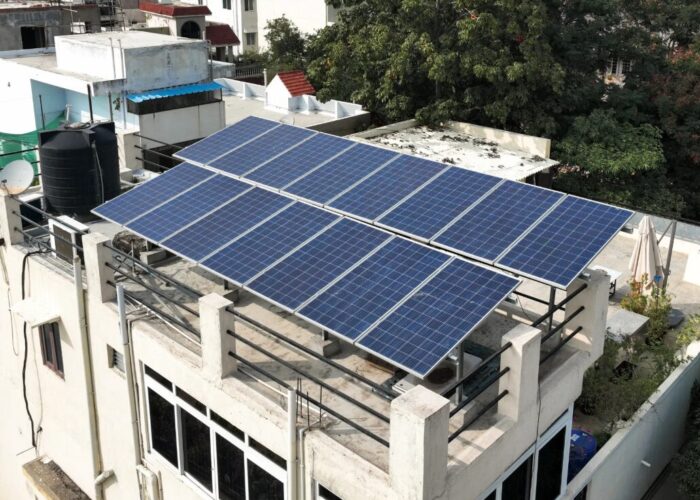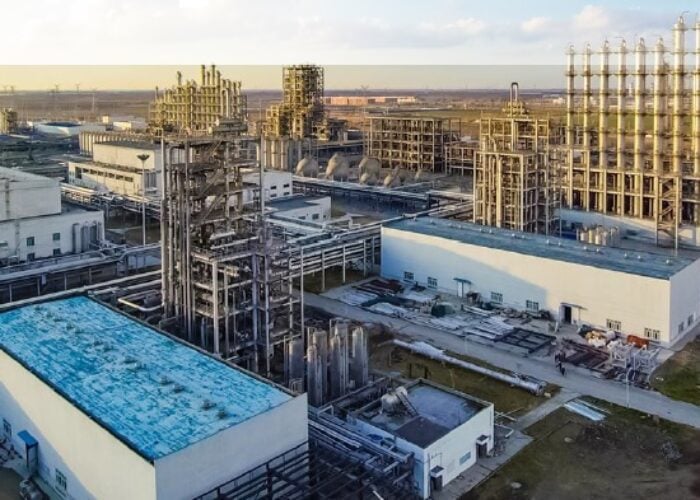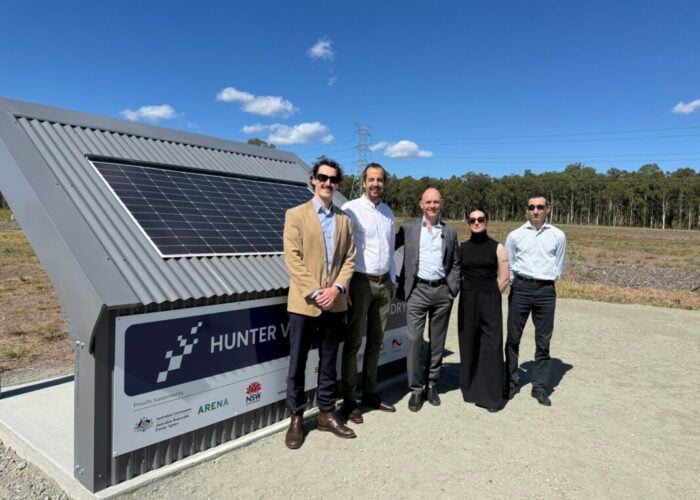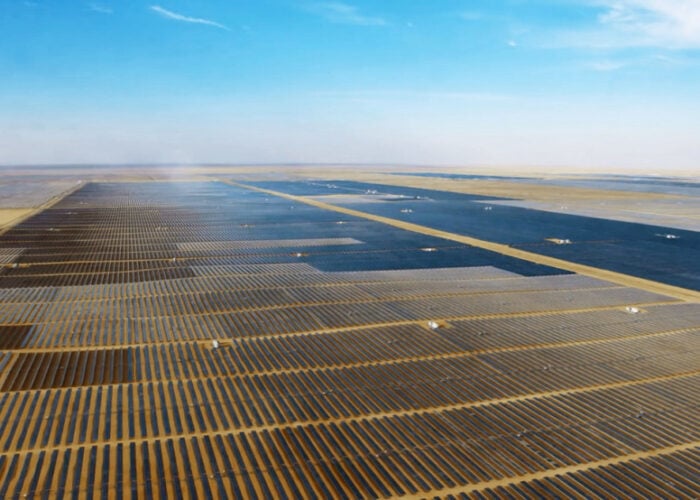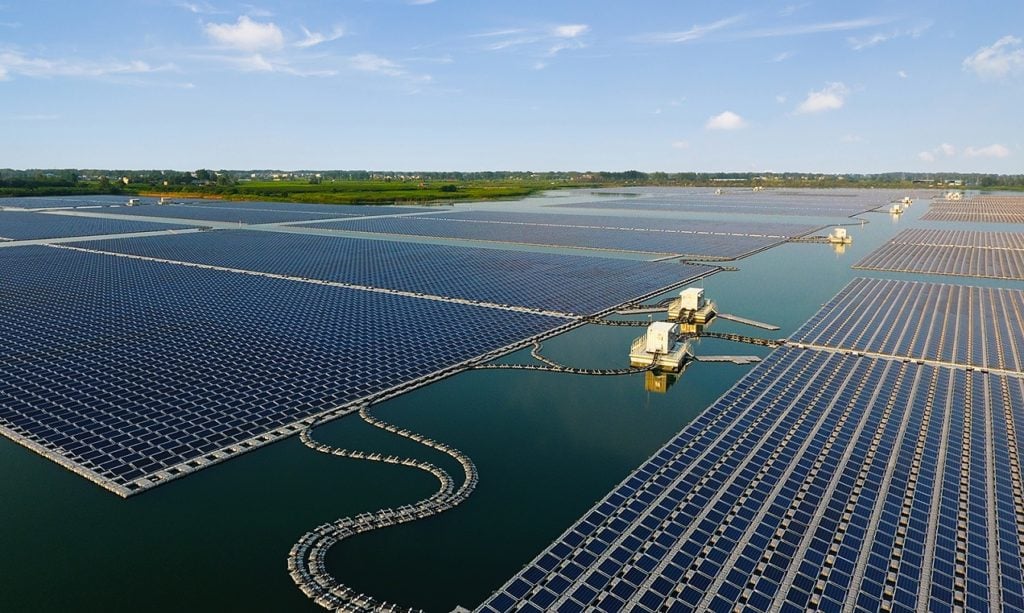
China is on track to install a record 230GW of new solar and wind capacity this year, around treble the capacity installed in the rest of the world, according to a report from Wood Mackenzie.
The report, ‘How China became the global renewables leader’, expects China’s additions to dramatically outpace the 75GW of solar and wind Europe is expected to install this year, and the 40GW of new capacity forecast to be added in the US.
Try Premium for just $1
- Full premium access for the first month at only $1
- Converts to an annual rate after 30 days unless cancelled
- Cancel anytime during the trial period
Premium Benefits
- Expert industry analysis and interviews
- Digital access to PV Tech Power journal
- Exclusive event discounts
Or get the full Premium subscription right away
Or continue reading this article for free
“China announced its 2060 carbon neutral target in 2020 and since then has been quietly re-organising the entire power sector to support rapid electrification and expansion of renewables,” said Alex Whitworth, vice president and head of Asia Pacific power and renewables research at Wood Mackenzie.
“While some other markets are moderating renewables targets, China has pushed up its 2025 wind and solar outlook by 43% or 380GW in just a couple of years.”
The report concludes that direct government support for these installations has been a driving force behind the additions, noting that, between 2021 and 2025, the government has committed US$455 billion for new grid investments alone, with grid availability a key limiting factor in many renewable markets, such as the US.
Wood Mackenzie expects this support to lead to a record-breaking level of new renewable capacity additions this year, up from the 140.6GW added in 2022, as shown in the graph below. China is expected to add as much renewable capacity this year as the total installed renewable capacity in the US in 2017, demonstrating the speed with which China has expanded its renewable power sector.
The news is particularly encouraging for the solar industry, as Wood Mackenzie notes that continued grid investment has pushed the level of solar curtailment in China down to 2% in 2022. This compares to curtailment levels of over 10% in 2020, and investments in infrastructure such as this will be vital if solar is to form a significant part of the country’s energy mix.
However, questions remain as to whether China will be able to replace its fossil fuel capacity with renewables in general, or solar in particular.
China approved 106GW of new coal capacity in 2022, and the government has a total coal pipeline of 200GW of capacity, suggesting that this year’s record-breaking levels of renewable investment will just balance out China’s investment in new coal plants, and that significantly more commitment to renewables will be needed to change the balance of its energy mix.
Chinese companies have invested considerably in module production to support continued growth of the global solar sector, with Wood Mackenzie reporting that the Chinese supply chain alone could meet annual global solar demand by 2032.
However, many of these modules are being sold to Europe, leading to an imbalance in European solar module supply and demand. This has also driven the price of European-made modules to an all-time low, making European manufacturing all but financially unviable, raising questions as to how the global solar supply chain should react to increased production in China.

